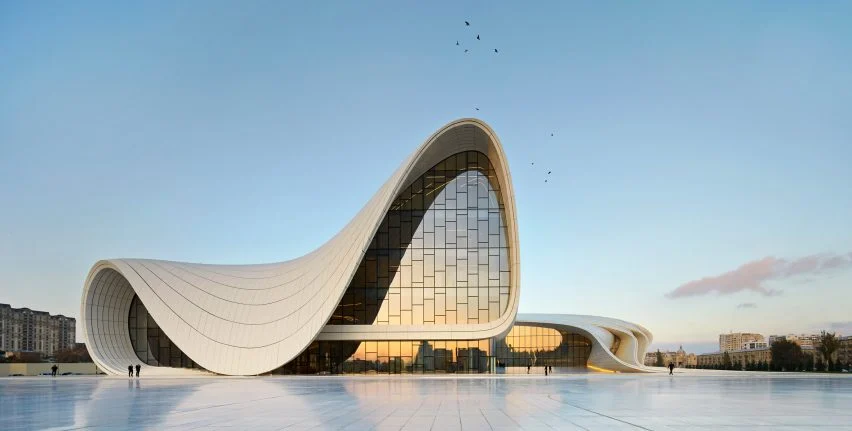Profiles of influential architects
Background and Style: Frank Lloyd Wright (1867-1959) was an American architect known for pioneering organic architecture, emphasizing harmony between human habitation and the natural world. He believed in designing structures that were in harmony with their environment, often integrating elements like natural materials, open floor plans, and blurred boundaries between indoor and outdoor spaces.

Profiles of influential architects
Notable Works:
- Fallingwater (1935), Pennsylvania, USA: One of Wright’s most famous works, this house exemplifies his philosophy with its cantilevered design over a waterfall, blending seamlessly into its natural surroundings.
- Robie House (1910), Illinois, USA: A masterpiece of Prairie School architecture, characterized by its horizontal lines, overhanging eaves, and integration with the landscape.
Legacy: Frank Lloyd Wright’s influence on architecture extends beyond his innovative designs. He inspired generations of architects with his philosophy of “organic architecture” and his commitment to integrating buildings with their natural environment.
Le Corbusier
Background and Style: Le Corbusier (1887-1965), born Charles-Édouard Jeanneret-Gris, was a Swiss-French architect and urban planner who significantly shaped modern architecture. He advocated for functionalism, rationalism, and the use of modern materials such as concrete, steel, and glass. Le Corbusier’s designs often featured geometric forms, open floor plans, and an emphasis on functionality and efficiency.
Notable Works:
- Villa Savoye (1931), France: A seminal work of modern architecture, Villa Savoye embodies Le Corbusier’s “Five Points of Architecture,” including pilotis (supports), roof gardens, and open floor plans.
- Unité d’Habitation (1952), France: A pioneering residential housing design that influenced urban planning and high-rise living with its modular apartments and communal facilities.
Legacy: Le Corbusier’s ideas on urban planning and architecture had a profound impact on the development of modern cities worldwide. His emphasis on functionalism, modular design, and the relationship between architecture and society continues to influence architectural discourse and practice.
Zaha Hadid
Background and Style: Dame Zaha Hadid (1950-2016) was an Iraqi-British architect known for her avant-garde designs characterized by sweeping curves, dynamic forms, and futuristic aesthetics. She pushed the boundaries of architectural geometry with the use of parametric design and advanced computer-aided techniques, creating structures that appear fluid, dynamic, and sculptural.
Notable Works:
- Heydar Aliyev Centre (2012), Azerbaijan: A cultural center in Baku known for its flowing, undulating form that blurs the distinction between walls and roof, showcasing Hadid’s mastery of curvilinear architecture.
- Guangzhou Opera House (2010), China: A landmark cultural facility with a complex double-curved glass facade and interior spaces that embody Hadid’s vision of fluid spatial experiences.
Legacy: Zaha Hadid left a lasting impact on architecture with her bold experimentation, innovative use of materials, and visionary approach to spatial design. She shattered architectural conventions, inspiring architects to rethink possibilities in form, structure, and spatial composition.
Conclusion
These architects—Frank Lloyd Wright, Le Corbusier, and Zaha Hadid—each left an indelible mark on the field of architecture through their distinct philosophies, innovative designs, and lasting contributions to the built environment. Their works continue to inspire and influence architects around the world, shaping the way we think about space, form, and the relationship between architecture and society.
3.5
